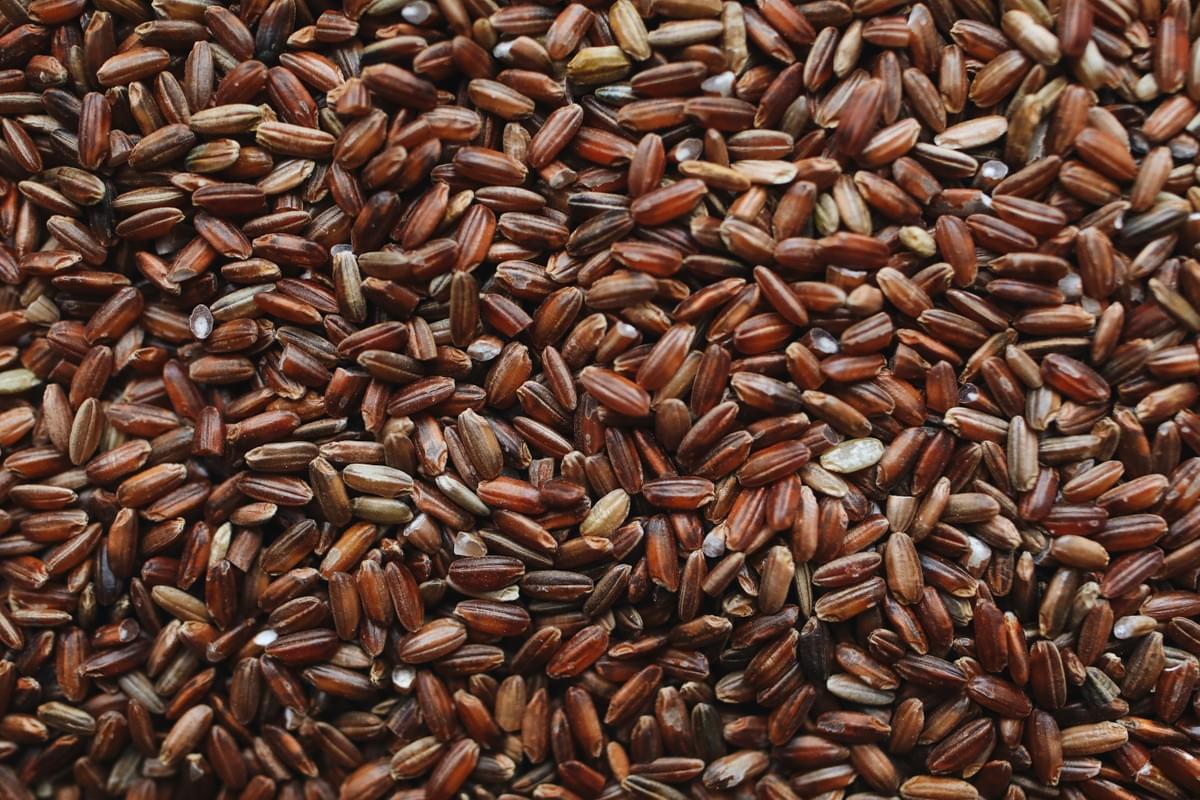Whole Grain Brown Rice
Whole Grain Brown Rice

You've probably heard about the benefits of whole-grain brown rice, but what exactly is it and why is it so important to eat it? First of all, brown rice is a whole grain, meaning that it contains all three of the inedible parts of the grain kernel: the fiber-rich bran, the nutrient-rich germ, and the outer inedible hull. In addition to boosting your health, whole grain rice is also easier to digest than white rice.
In addition to its fiber content, whole grain brown rice contains several healthy fats found in the hull of the grain. These fats, or "phytates," can help control blood sugar levels and prevent heart disease and type 2 diabetes. The nutrients in brown rice are also rich in vitamins, minerals, phytochemicals, and phytochemicals. In addition to being low in carbohydrates, it also contains an array of B vitamins, manganese, phosphorus, copper, and selenium. These nutrients are important for the body in preventing oxidative stress and toxins from entering the body.
What's great about whole grain brown rice? This grain is loaded with fiber and pairs well with numerous ingredients. You can enjoy it at any meal. As an added benefit, it's versatile, making it an excellent replacement for white rice. Additionally, it's gluten-free and has an impressive nutritional profile. It has been shown to improve health conditions like diabetes and heart disease. So if you're looking for a healthier alternative to white rice, consider brown rice. You'll be glad you did!
In addition to having more fiber, brown rice also has more vitamins and minerals, including B and phosphorus. However, it has more calories than white rice. A single cup of cooked brown rice has twice as many grains like white rice. Despite these benefits, brown rice is still an excellent choice for a variety of meals. The dietary fiber in brown rice helps you feel fuller longer, so you eat less. Ultimately, the best way to get all the benefits of whole-grain rice is to eat it as often as possible. Click on this link now for more info on how to cook brown rice.
For the best results, use a 2-quart saucepan for one to two cups of dry brown rice. It's easy to overcook this food and make a mess. Just make sure to use a wire mesh sieve to rinse the rice afterward. Aim for a slightly firmer texture and add a little more water if you like it moister. But remember to watch the rice closely to avoid overcooking. If the rice starts to look or sound too soft, it's already cooked.
As a bonus, brown rice is gluten-free. A cup of cooked brown rice has about the same amount of protein as one cup of wheat. The Institute of Medicine recommends that adults eat at least 55 grams of protein per day. Brown rice also contains plenty of fiber. It's also a great source of magnesium, phosphorus, manganese, and selenium. These nutrients help regulate our digestive system. In addition to its nutritional value, brown rice also contains a variety of essential minerals that are essential for overall health. Find out more details in relation to this topic here: https://en.wikipedia.org/wiki/Brown_rice.